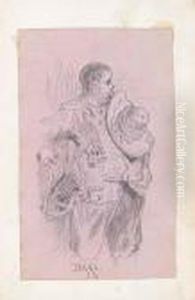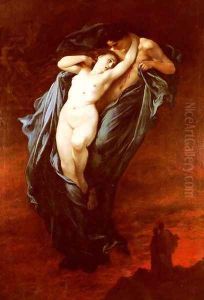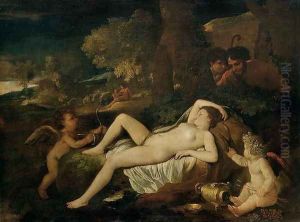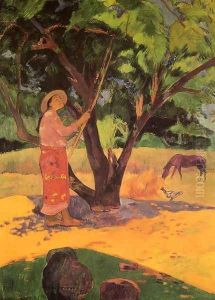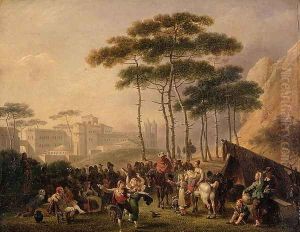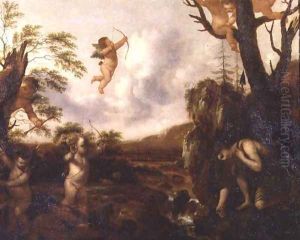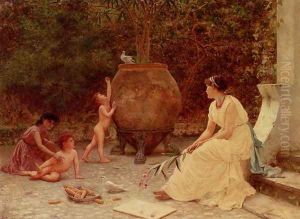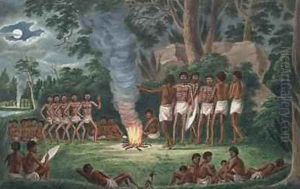





The Inferno, Canto 13, line 34: And straight the trunk exclaim'd: Why pluck'st thou me?
-
About Reproduction
Bring the timeless beauty of Gustave Dore's The Inferno, Canto 13, line 34: And straight the trunk exclaim'd: Why pluck'st thou me? into your home with a handmade oil painting reproduction. Carefully recreated on canvas by skilled artists using traditional techniques, this piece captures the delicate brushwork, subtle light, and vibrant color of the original masterpiece. With museum-level quality and rich texture, it brings elegance and artistic depth to any space. Enjoy free shipping and make this masterpiece a part of your personal collection.
-
Original Description
Gustave Doré's haunting illustration of The Inferno, Canto 13, line 34: "And straight the trunk exclaim'd: Why pluck'st thou me?" captures the eerie torment of Dante's wood of suicides. A gnarled tree twists upward, its bark contorted into a screaming human face—a soul trapped in eternal suffering. The intricate penwork and dramatic chiaroscuro create a palpable sense of horror, with skeletal branches clawing at a dim, smoky sky. Doré, a master of Romantic-era engraving, elevates Dante's text into a visual nightmare, blending Gothic intensity with meticulous detail. This 19th-century piece remains iconic, showcasing Doré's unmatched ability to translate literary despair into striking imagery, solidifying his legacy as a pivotal figure in narrative illustration.
For interior spaces, this artwork demands deliberate placement. Ideal for a study or library, its dark Romanticism pairs well with rich woods, leather furnishings, and brass accents—echoing its 19th-century origins. Frame it in an ornate black or gold frame to enhance its dramatic tension. Given its likely medium size (Doré’s prints often span 12x9 inches), hang it at eye level as a focal point, complemented by deep greens or burgundies in the room’s palette. Avoid overcrowding; let it command attention alongside a curated selection of antique books or a vintage desk lamp. In offices, it injects gravitas, suited for creative fields or law, sparking introspection—just ensure lighting is warm and directional to avoid a gloomy effect.
-
Lead Time & Shipping
When you order this oil painting replica, it typically takes 2-3 weeks to paint. If the artwork is more complex, it might need a little more time to ensure the best quality. Once it's ready, we'll send you a photo for your approval. After you give the green light, we'll ship it to you for free.
-
Return & Refund
We believe in the quality of our hand-painted oil painting reproductions, and your satisfaction is our priority. If for any reason, you are not completely satisfied with your purchase, we offer a 45-day return policy. You can return your artwork within 45 days of receipt and receive a full refund. Please note that the artwork must be returned in the original packaging and in the same condition as it was received.























